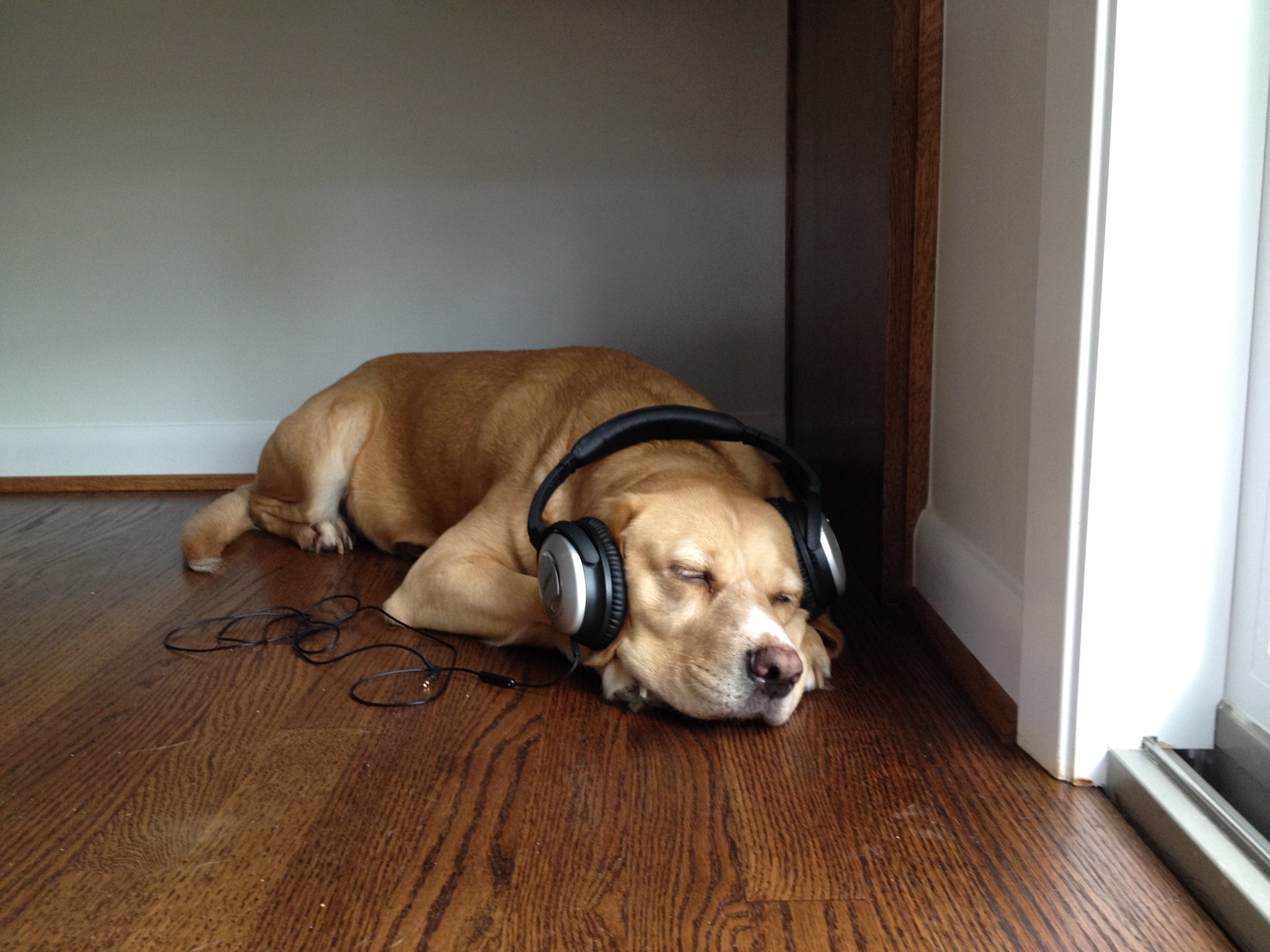Reading Lists
11 Books That Will Transport You to the NYC Demimonde
In 1970s and ‘80s New York, the artists were working class and the glamor was piss-elegant

Most people have a dream epoch, a bygone era that they venerate and romanticize, thinking, if only I’d been around for that. My pedestaled place on the space/time continuum was always New York City in the mid-1970s and early 1980s, a time I was much too young to experience, but which captured my imagination via books, films, and music. New York City was gritty then; often, it was just dangerous, and elected officials didn’t seem to care, as evidenced when Mayor Abe Beame famously asked President Ford for federal funds to save the city from bankruptcy: FORD TO CITY: DROP DEAD, newspaper headlines screeched. Against this backdrop, a creative demimonde flourished. Unlike today’s New York City, one could still move there to be an artist, not just look like an artist while spending all of one’s time working to pay the rent. But romance isn’t reality — it’s the gloss, the selected parts a scrim to project one’s desires or salve one’s feelings of inadequacy. The art seemed accessible to me, because it wasn’t academic, and the glamor was piss-elegant. The artists I admired reflected the roughness of the city around them, and as I recount in my new book, Girls Gone Old, when I moved to New York City, I sought out what remained of that roughness. Perhaps it was because of their art that I was never afraid.
The following is a list of 11 books that recall the subterranean art world of New York City in the 1970s and ‘80s.
Support Electric Lit: Become a Member!

1. Valerie Solanas: The Defiant Life of the Woman Who Wrote SCUM / Breanne Fahs
Best known for her attempted assassination of Andy Warhol, Valerie Solanas was first and foremost a writer. Living in a series of cheap motel rooms, government subsidized apartments, and on the street, Solanas hung out at the 11th St. Blimpie’s, and supported herself and her writing through panhandling and prostitution. Fahs’ excellent biography details Solanas’ life after her release from the hospital where she spent three years following the Warhol shooting; her quarrels with the 1970s feminists who she felt were trying to exploit her; her writings for the small presses; and her dedication to publishing a proper version of her SCUM Manifesto.
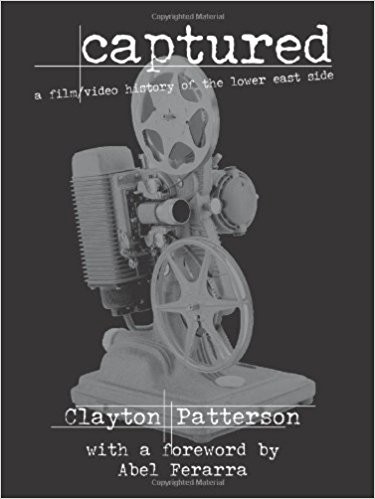
2. Captured: A Film & Video History of the Lower East Side / Clayton Patterson
In the introduction to Captured Clayton Patterson writes, “One of the challenges of this book was to give a history to people who had not received the recognition they had earned…People who were in everything, but remembered in nothing.” Patterson surmounts the challenge — Captured is a phone-book sized tome. Over sixty contributors reflect on the vagaries of low-budget, no-budget filmmaking in New York City. “It’s not that I can sit here and define mainstream for you,” artist Jeffrey Lerer says, “but I know what it isn’t. Here’s what happens. I do this…They come and say, “If you’re willing to tilt this four degrees, we’ll back you.”
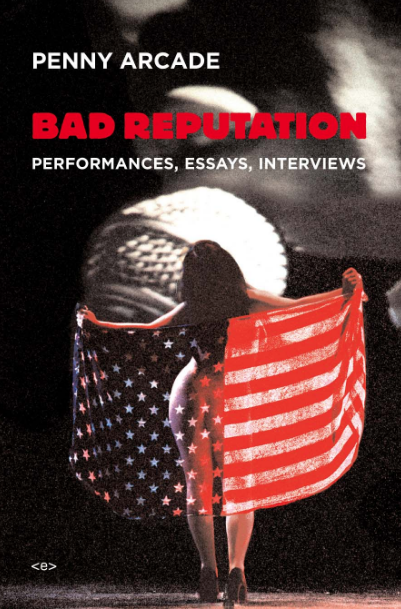
3. Bad Reputation / Penny Arcade
In Bad Reputation Penny Arcade tells of a conversation she had with photographer Nan Goldin after both women were invited to speak on panel about transgressive art. “By the way, what is transgressive art?” Goldin asked. “Transgressive art,” Arcade replied, “is what academics call what you and I call real life.” Bad Reputation is a collection of interviews, plays, and performance pieces documenting Arcade’s 40 plus years as a downtown provocateur. “The ’60s were spear-headed by a working-class entrepreneurial bunch of artists — Warhol, John Vaccaro, Jack Smith,” Arcade says. “But after The Talking Heads, people were going to art school, and I found it very hard to make my way.”

4. My Face for the World to See / Candy Darling
In the early 1960s, Bette Davis famously placed an ad in a Hollywood trade paper, “Thirty years acting experience…Wants steady employment in Hollywood.” Candy Darling made a mock-up of what may have been her own version of Davis’s ad: “Once popular off off Broadway and Underground Star seeks work.” Only 29 at the time of her death, the transgender actress never found the mainstream acceptance she yearned for after starring roles in the Andy Warhol films, Women in Revolt and Flesh. My Face for the World to See is an amalgamation of journal entries, notes, and photographs. “As a girl you are entitled to certain hopes, certain needs. You have a right to expect that there will be a special place for you. These feelings are luxuries to me,” Darling wrote.

5. Airless Spaces / Shulamith Firestone
In 1970, Shulamith Firestone wrote the groundbreaking feminist treatise, The Dialectic of Sex: The Case for Feminist Revolution. It would be almost thirty years before the publication of her next and final book, Airless Spaces. A collection of short, haunting essays bridging Firestone’s experiences in the years in-between, it is divided into five sections: HOSPITAL, POST-HOSPITAL, LOSERS, OBITS, and SUICIDES I HAVE KNOWN. After attending Firestone’s funeral, Susan Faludi wrote in The New Yorker, “It was hard to say which moment the mourners were there to mark: the passing of Firestone or that of a whole generation of feminists who had been unable to thrive in the world they had done so much to create.”
Literature’s Great Alternative Families
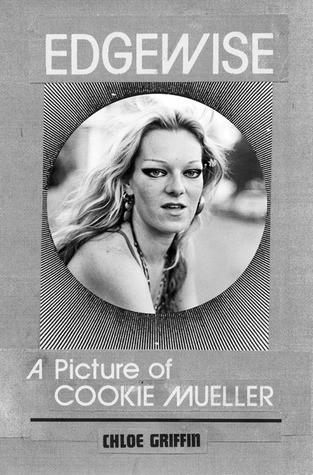
6. Edgewise: A Picture of Cookie Mueller / Chloe Griffin
In her own essays and stories, fun and madness seemed to envelop writer and actress Cookie Mueller’s life like a cloak. Edgewise: A Picture of Cookie Mueller is the oral history of Mueller’s life, told through interviews with people who knew her. Driven and ambitious, she supplemented her art world earnings by dealing drugs out of her Bleecker St. apartment, and go-go dancing. After a long term relationship with a woman, she met her husband in Italy; they were both HIV-positive. Edgewise fleshes out the portrait of a woman who seemed to want the world to remember her laughing. Chris Kraus recalls the struggle Mueller faced getting her book Walking Through Clear Water on A Pool Painted Black published: “Everybody adored Cookie, but when push came to shove, all these agents and editors said, ‘Well, you could rewrite it this way, we want to see this.’ Nobody wanted to just publish the book the way she wrote it.” A friend details the anguish Cookie felt as an artist, forced to confront her weakening. “When she was still healthy, when she could still talk, she said, ‘I’m losing my physical ability — you know how I’m a physical person. I’m not going to be able to walk…I’m not going to be able to talk, and I’m a communicator, I’m a writer.’”
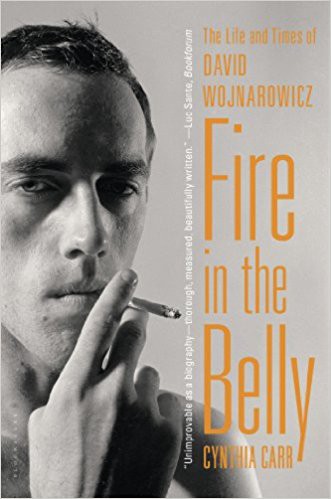
7. Fire in the Belly: The Life and Times of David Wojnarowicz / Cynthia Carr
“The feeling of the new art is fugitive…here for the moment, gone forever. It’s only truly valuable before it’s surrounded by the mystique of money, while it’s still owned by the culture,” poet Rene Ricard wrote in 1982. David Wojnarowicz’s early art was truly “fugitive”: working with spray paint, he utilized the walls of the ruined, destined to be demolished West Side Piers as a canvas. Carr, a Wojnarowicz confidante and long-time writer for the Village Voice, details David’s life in a New York City on the cusp of gentrification — gentrification brought in part by the outside world’s interest in the downtown art scene where he made his name. “David once told me that he used to long for acceptance from other people. Then he began to value the way he didn’t fit in. He realized that this uneasiness with the world was where his work came from,” Carr writes. Fire in the Belly is the definitive biography of a man whose first memory was the sound of a police siren; it’s also a requiem for a generation of New York City artists lost to AIDS.
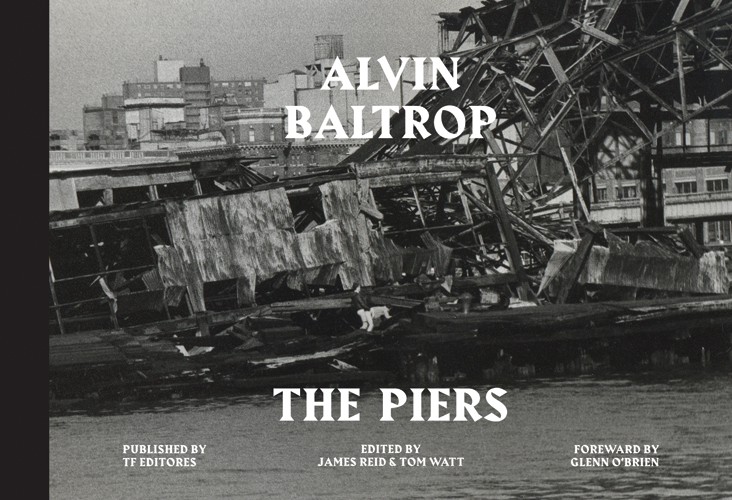
8. The Piers / Alvin Baltrop
Alvin Baltrop worked odd jobs — as a street vendor, a jewelry designer, a printer, and a taxi driver. The Piers is an evocative and unforgettable book of his photographs documenting the decadent lost world of art and anonymous sex that co-mingled at the crumbing West Side Piers. Baltrop struggled against the racism of the white art world, and his photographs remained largely unseen until after his death. If one is not aware of the sexual abandonment that existed alongside the ruin of the West Side Piers, Baltrop’s photos can provoke awe: they’re like looking in at a bacchanal at the end of the world. Baltrop’s pictures also carry a brutal, spooky sadness: the freedom felt by many gay men at the Piers would be fleeting, due to the ravages brought by AIDS.

9. I Dreamed I Was a Very Clean Tramp / Richard Hell
“I got to live the ideal I’d had in mind when I came to New York to be a poet — to have a well placed platform for saying things to the world, and an audience that thrived on it and wanted to have sex with me because of it, and I ran my own life and had no boss. And there were drugs and money,” Richard Hell writes, giving name to the dream at the heart of his book I Dreamed I Was a Very Clean Tramp. The charismatic, handsome front man had a considerable and often overlooked influence on the aesthetic stylings of punk. Hell rejects the typical biographic structure, opting to tell his story in sometimes dizzying lyrical fragments. Much was offered to Hell creatively in the 1970s and ‘80s, and he comes across as satisfied with how he squandered some of those offerings. His years of drug addiction were “hopelessness, depravity and fun,” and “a downfall…I embraced.” Some of his most colorful reminisces involve women. Cookie Mueller was “non-judgmental. She had a lot of respect for criminals;” Nan Goldin “lived and worked in the gay and wild-kids art gutter.” “Defeat was more true to existence than illusionary ‘success,’” Hell writes.
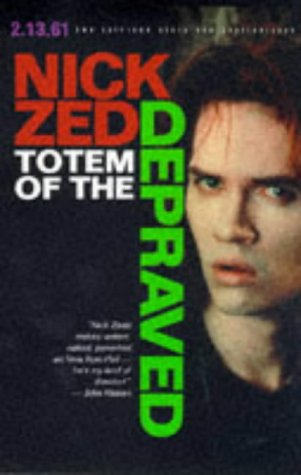
10. Totem of the Depraved / Nick Zedd
In his memoir, Totem of the Depraved, underground filmmaker Nick Zedd writes, “As I watch the roaches crawling on my bed, I’m wondering when I’ll have enough money to finish the film I started over a year ago. That it should take me a year to finish a 10 minute film due to lack of cash bespeaks the ignorance of a world which would vomit out diseased fungus like Blue Velvet.” In the face of much economic adversity, Zedd remains dedicated to his art. Landlords are his primary enemy; fellow filmmakers and apathetic journalists make up a secondary tier. Throughout the book, it’s his relationships with willing females that save him from the streets. (He refers to his “seduction” of women as “a survival strategy.”) “I discovered that being an underground filmmaker makes me less than nothing. With the world so corroded by an entertainment industry that is so restrictive and reactionary… I feel no more influential than a homeless person asleep in front of the White House,” Zedd writes.
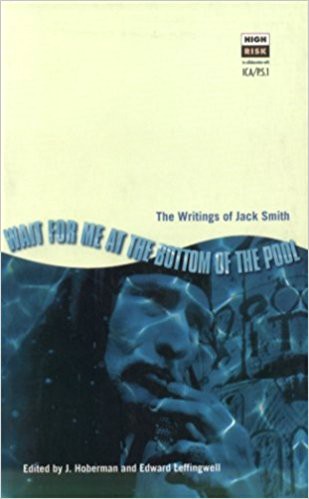
11. Wait For Me At the Bottom of the Pool: The Writings of Jack Smith / edited by J. Hoberman and Edward Leffingwell
In a letter to a German film school, Smith wrote, “My films are not conceptual or art-school cutie-pie; they have the broadest appeal (as did Art before the silver-spray democracy of the schools.)” A collection of scripts, letters, essays, and interviews, Wait For Me offers insight into the notoriously prickly, yet highly influential underground filmmaker and performance artist. Smith had his own language — rife with repetitive adjectives (“moldy,” “pasty,”) and avatars (tortured penguins, pigs, lobsters) used as ciphers for deeper feelings. “Do you ever worry about a particular subtlety in your films not being understood?” Smith was asked in an interview. “How can you not…understand the movements and gestures?” Smith replied, before adding, “The appeal is not to the understanding, anyway.”
About the Author

Fiona Helmsley is the author of the new essay collection, Girls Gone Old. Her writing can be found (or is forthcoming) in various anthologies like Ladyland and The Best Sex Writing of the Year and online at websites like The Weeklings, Jezebel, The Hairpin, Hazlitt and The Rumpus. A multiple Pushcart nominee, her book of essays and stories, My Body Would be the Kindest of Strangers, was released in 2015.




